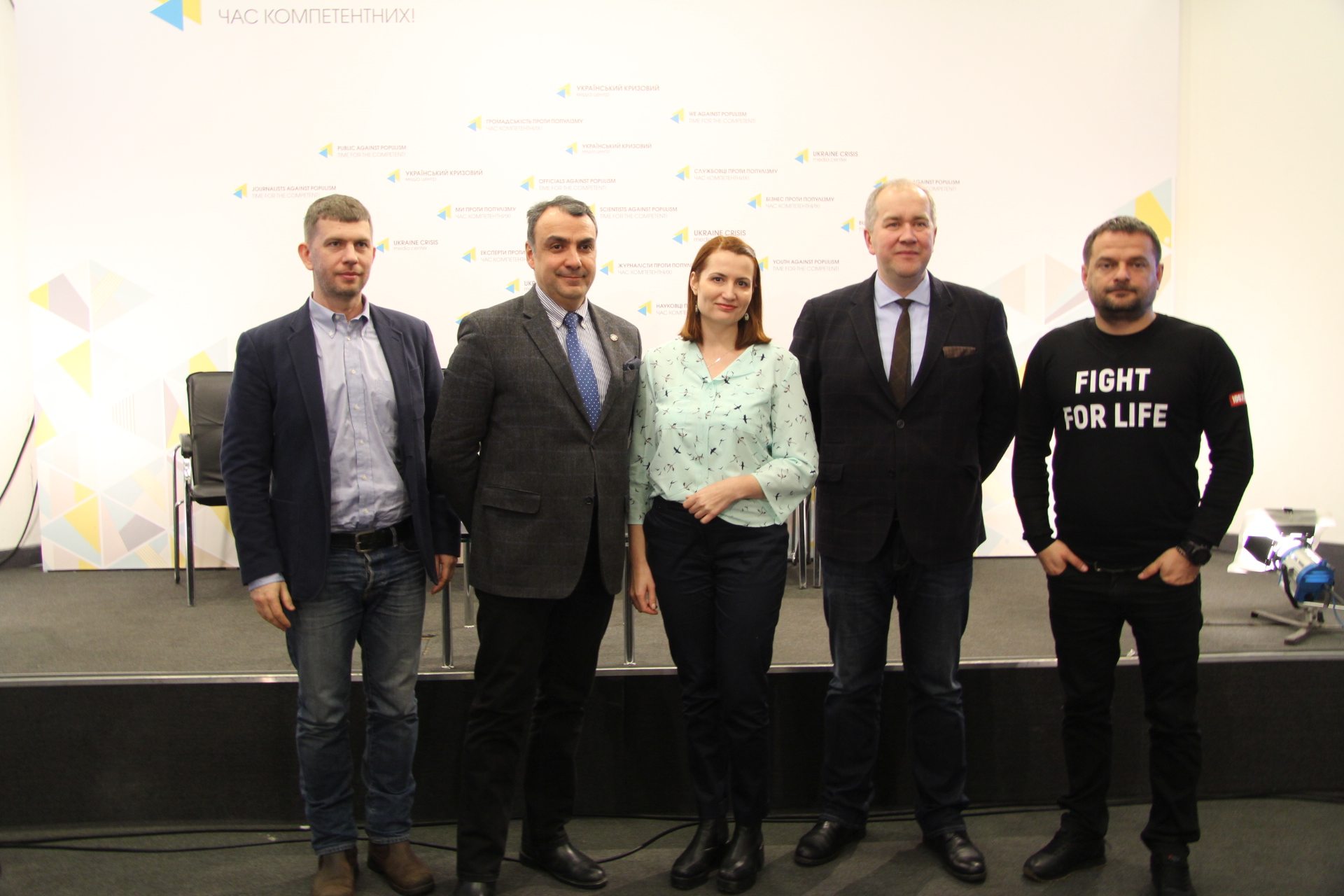
Ukraine is implementing an integrated approach to TB control
For the first time in Ukraine, an integrated approach to counteracting TB is being implemented with the involvement of state and non-state resources. Drug procurement is fully funded by the state, all regions of Ukraine are covered with patient care services, and the patient’s interests are in the centre of attention, namely the model of out-patient treatment is being implemented.

“For the first time, patients are fully provided with state-funded treatment. Innovative programmes for treatment are implemented. A national TB programme will soon be adopted in Ukraine,” said Deputy Minister of Health Olga Stefanyshyna. “Using consolidated efforts of the state and non-state sectors, we can provide a holistic and systematic approach to combating tuberculosis; it means that our chances to overcome tuberculosis are higher than ever.”
According to the Centre of Medical Statistics, MoH of Ukraine, the TB incidence decreased by 5.5% in 2017 compared to 2016. Currently, 34 966 Ukrainians with TB are registered of which about 8 000 have drug-resistant tuberculosis. According to the latest epidemiological report on tuberculosis, every fourth case of drug-resistant TB forms in the WHO European Region remains unnoticed.
“The indicator for the detection of drug-resistant tuberculosis in the WHO European Region has risen from 33% in 2011 to 73% in 2016, but the target indicator at 85%, as formulated in the European Action Plan to Fight Tuberculosis, is still not met,” said Ogtay Gozalov, Expert of the WHO European Regional Office.
“The approach to the treatment of patients should be changed: long-term stay in a hospital today is not considered effective in terms of the medical process. Thus, in Ukraine, the average length of hospitalization is 1.5 months for patients with susceptible tuberculosis and 5 months for patients with multi-drug-resistant TB. In the USA, for example, the average duration of stay in hospital of patients with susceptible tuberculosis is 15 days,” stated Volodymyr Kurpita, Director General of the Centre for Public Health, MoH of Ukraine.

Many countries have already abandoned the practice of patients’ long hospital stay for several reasons: it is not economically viable; it has a risk of multidrug resistance; patients are not interested in staying long on the treatment because of the desire to return to work and normal life. That is, neither patients nor states in these countries are interested in long-term hospitalization. Instead, the out-patient model reduces the risks of cross-contamination. Patients do not fall out of social life, continue to work, and are not isolated from close relatives.
“The patient’s interests are in the centre of the outpatient treatment model,” said Dmytro Sherembey, the head of the largest patients’ organization, the All-Ukrainian Network for PLWH. “The old model when patients stay in hospitals for months is primarily dangerous to the patients themselves because of the risk of re-infection. Our experience shows that 96% of patients in the Network projects treated tuberculosis outpatient with the support of social workers. At the same time, the general recovery is 72% in the country.”
“To achieve the goals of the WHO’s ‘End TB Strategy,’ we urgently need to make changes; it is necessary to change approaches to provide people with patient-centred services, apply new effective approaches to financing health care services, and involve civil society organizations more extensively to work in the sphere of tuberculosis ,” noted Pavlo Smirnov, Deputy Executive Director on Programme Issues of ICF Alliance for Public Health.

In Ukraine, there were 21 995 new cases of tuberculosis in 2017. The country ranks the second in the European region in the prevalence of multi-drug-resistant tuberculosis in both repeated and new cases, giving way only to Belarus.
This year, Ukraine will join the global campaign “Light up the world for TB.” Traditionally, famous buildings or sights, such as the Niagara Falls, the CN Tower in Toronto or the fountain in Geneva are highlighted in red to draw attention to the problem of tuberculosis. On March 22, at 6:30 p.m., the building of the Verkhovna Rada of Ukraine in Kyiv will be highlighted in red. On March 24, on the World Tuberculosis Day, the largest building of Kyiv, the Gulliver trading and entertainment centre, will shines in red.
More information you can find following the link:
World Health Organization (WHO) http://www.euro.who.int/en/health-topics/communicable-diseases/tuberculosis


